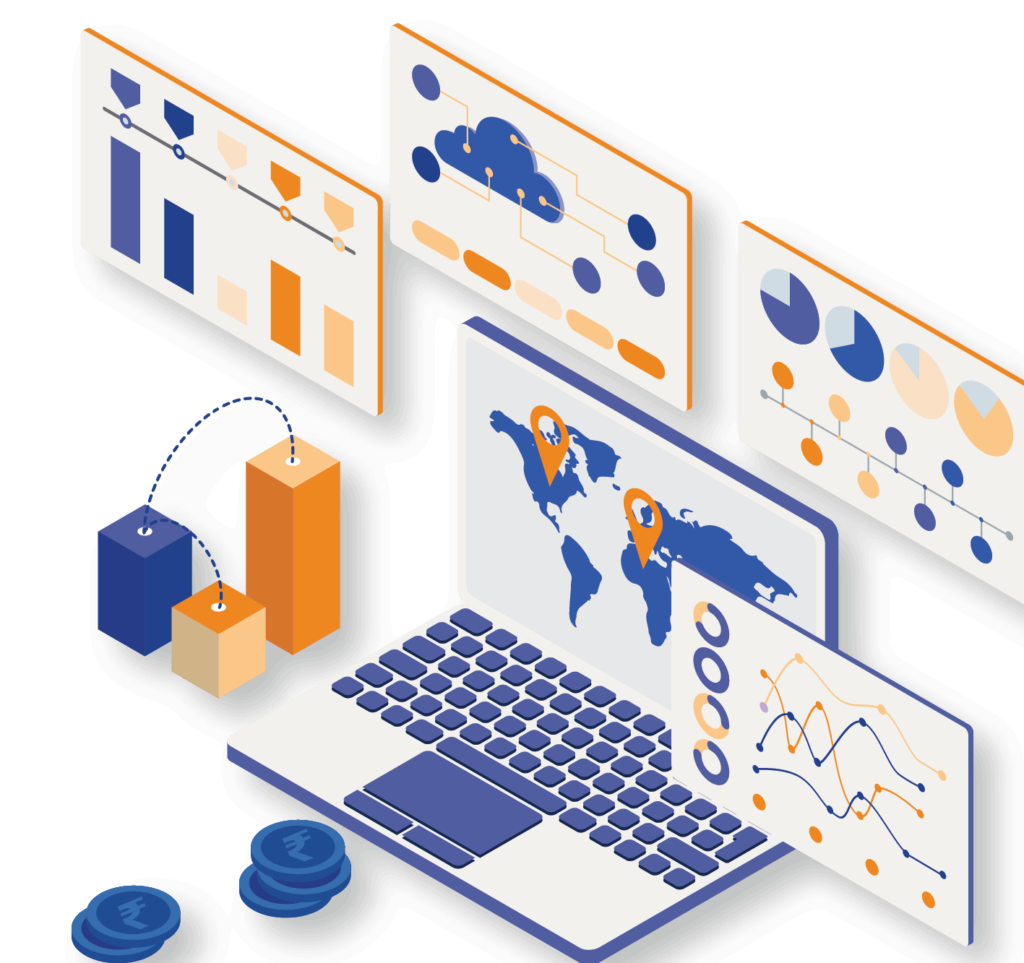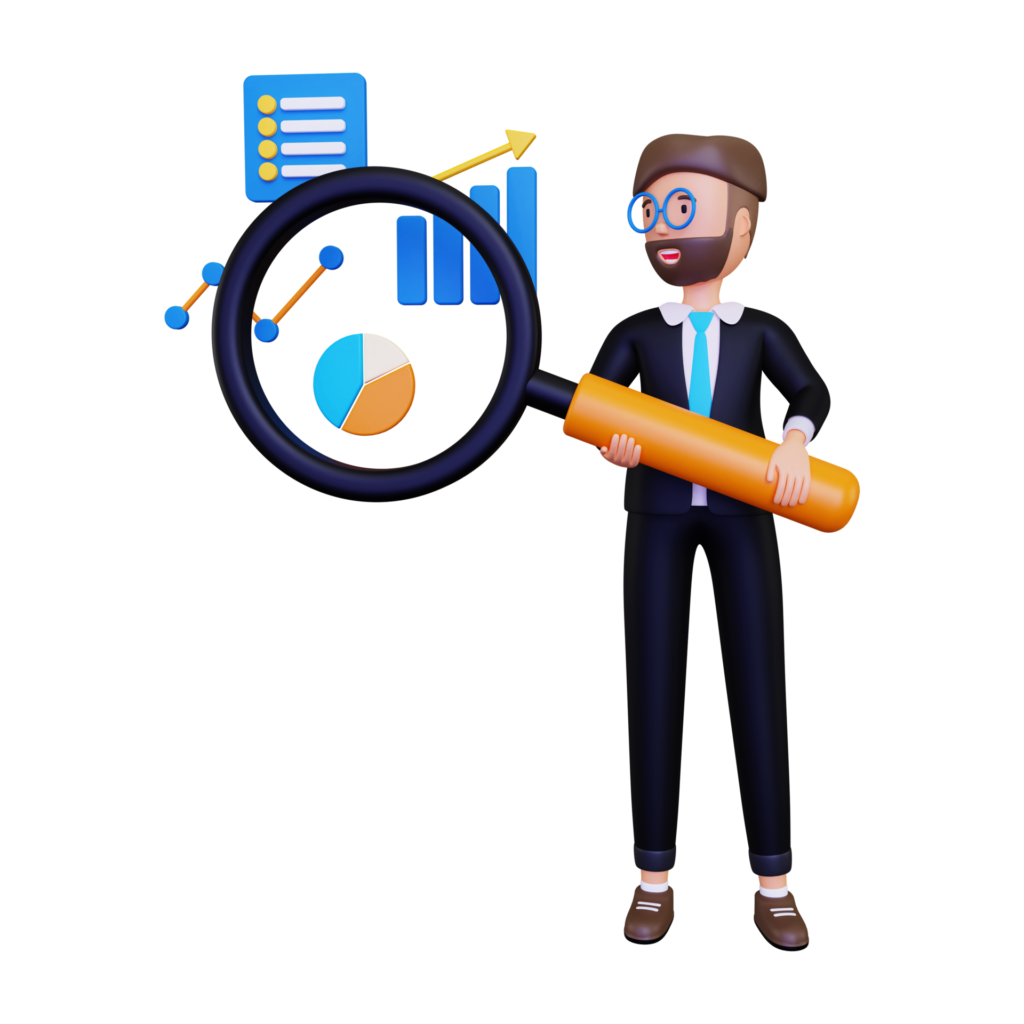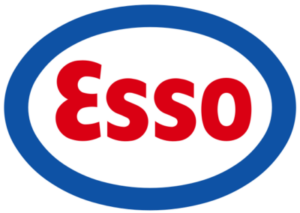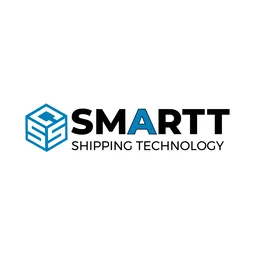Predictive Analytics Services
Analyze data to predict future trends to stay ahead.Predictive Analytics is a form of advanced analytics that uses current data and historical data to forecast different activities, customer behaviors, and future trends. It uses many techniques data mining, statistics, data modeling, machine learning, and artificial intelligence.
Transform Your Lending Strategy
With Insightful Forecasting and Smarter Analytics
Nowadays, companies have data but do not know what to do with these data, and they often face challenges in understanding customer behavior patterns, purchases, and their responses in buying products.
Predictive Analytics is a form of advanced analytics that uses current data and historical data to forecast different activities, customer behaviors, and future trends. It uses many techniques data mining, statistics, data modeling, machine learning, and artificial intelligence.

Predictive Analytics Process Lifecycle:
- Identify / Formulate problem
To get the expected results from Predictive Analytics modeling, it is essential to identify the business objectives/problems, the scope of work, expected outcomes, and data sets to be used in the project. Typically business owners, business managers, domain experts, one who takes a decision are involved in evaluating the processes & measure ROI in this process. - Starting Data preparation & data exploration
Before the development of predictive analytic models, Analysts collect data from multiple data sources, clean the data, and consolidating the data for analysis. It’s combined and stored in data warehouses. Next, they access the data and determine how they want to organize it and check how many cases are available in datasets, what variables are included, missing values of the variables and their possibilities to meet business objectives through the datasets. - Transform & select data
Relevant data is selected, retrieved, and mapped correctly from one format to another, usually from the size of a source system into cleansed, validated, and ready-to-use form. It, also known as ETL (Extract/Transform/Load) process. - Build, Validate & deploy models
The process of building a predictive model requires inputs from business stakeholders and data scientists. The next stage in predictive analytics modeling follows five key components. Usually, Data scientists often build multiple predictive analytics models and then select the best one based on their performance while building models.- Create a hypothesis
- Load and transform relevant data
- Identify features
- Build your model
- Deploy your model
- Evaluate / Monitor results
After a predictive model is chosen, it is deployed into everyday use, monitored to make sure it’s providing the expected results and revised as required. Typically, domain experts, business managers are involved in evaluating the processes and ROI in this process.
Predictive Analytics Tools & Technologies We Use:
ELK Stack
The ELK Stack has three open-source products, Elasticsearch, Logstash, and Kibana. The ELK Stack allows the user to take data from any source, analyze it, and visualize it.
R Software Environment
It is a programming language and a statistical computing environment.
Apache Spark
It is an open-source distributed general-purpose cluster-computing framework.
RapidMiner
RapidMiner is a data science platform that provides an integrated environment for text mining, machine learning, predictive analytics, data preparation, and deep learning.
Dataiku
Dataiku’s single, collaborative platform provides both operationalizations of machine learning and self-service analytics models in production.
Microsoft Power BI
It is a business analytics service by Microsoft. It provides business intelligence capabilities and interactive visualizations with an interface that helps end-users to create their reports and dashboards.
Tableau
Tableau Public is a service that allows you to publish interactive data visualizations to the web.

Benefits of Predictive Analytics
Find out why businesses use predictive analytics in industries of all kinds:
- Improve Production Efficiency
Businesses use predictive analytics to forecast inventory needs and required production rates. Predictive Analytics helps improve operational efficiencies, identifying new revenue-generating opportunities, and production optimization.
- Reduce Risk
Predictive Analytics is useful in reducing the business risk of asset failure and downtime. Service-based and retail businesses use predictive analytics to gain insights into the success of new products.
- Improve Compliance and Safety
Businesses use predictive analytics to identify fraud and address safety concerns. Predictive Analytics can track the change in network behavior. As soon as any fraud or threat is detected, predictive analytics will highlight or indicate it.
- Accuracy
The statistical method of predictive analytics can calculate the probability of accuracy. It allows decision-makers to be informed of the risks of relying on a given prediction.
Location
USA | CANADA | INDIA
Call / Text
+1 778 4888228
India (24/7)
+91-72101-98172
India (24/7)
+91-93195-79996
EMAIL: RevesBi
Follow Us
Talk to Us!
We’d love to discuss your project or world-beating idea with you. Alternatively, send through a request for a quotation, enquiry.
A diverse range of clients
We cater to businesses of all sizes and industries, providing customized data science and analytics solutions. Our certified experts help you make data-driven decisions that drive growth and success.











